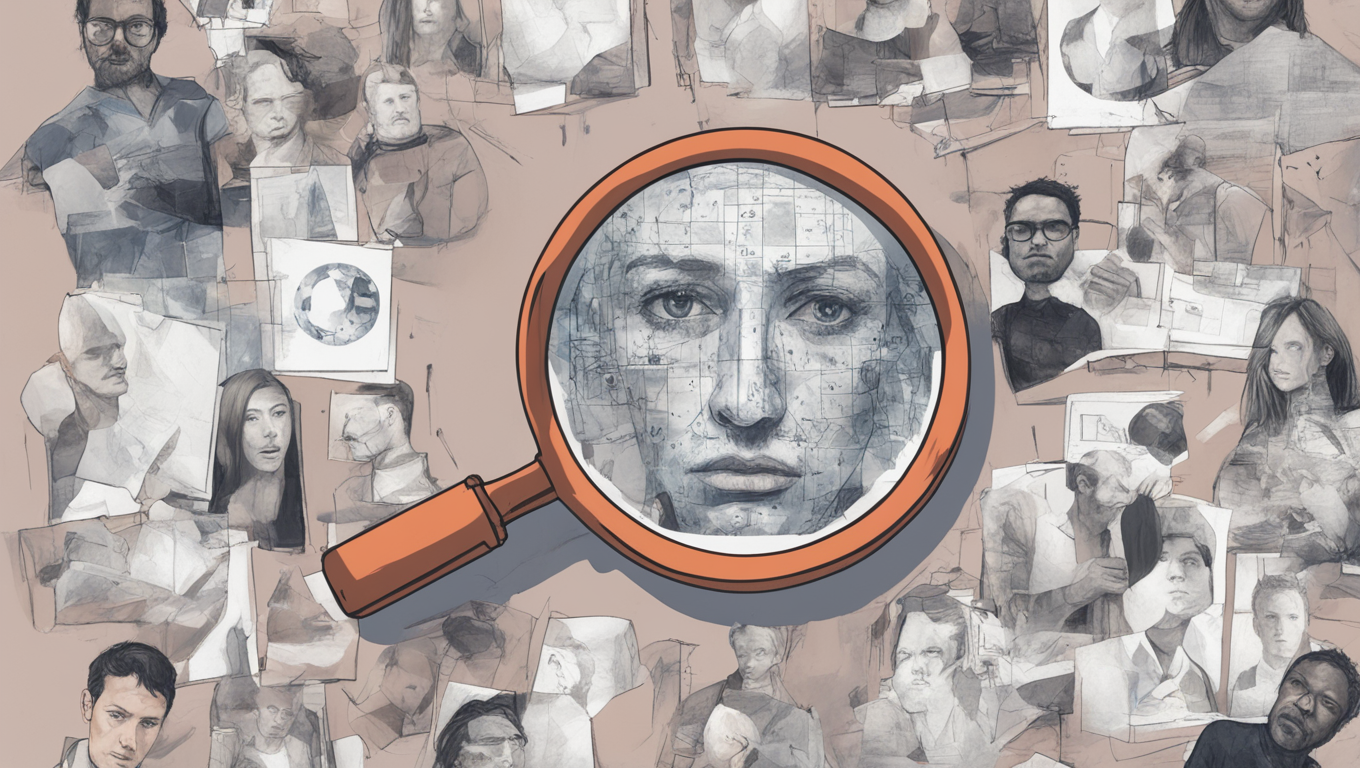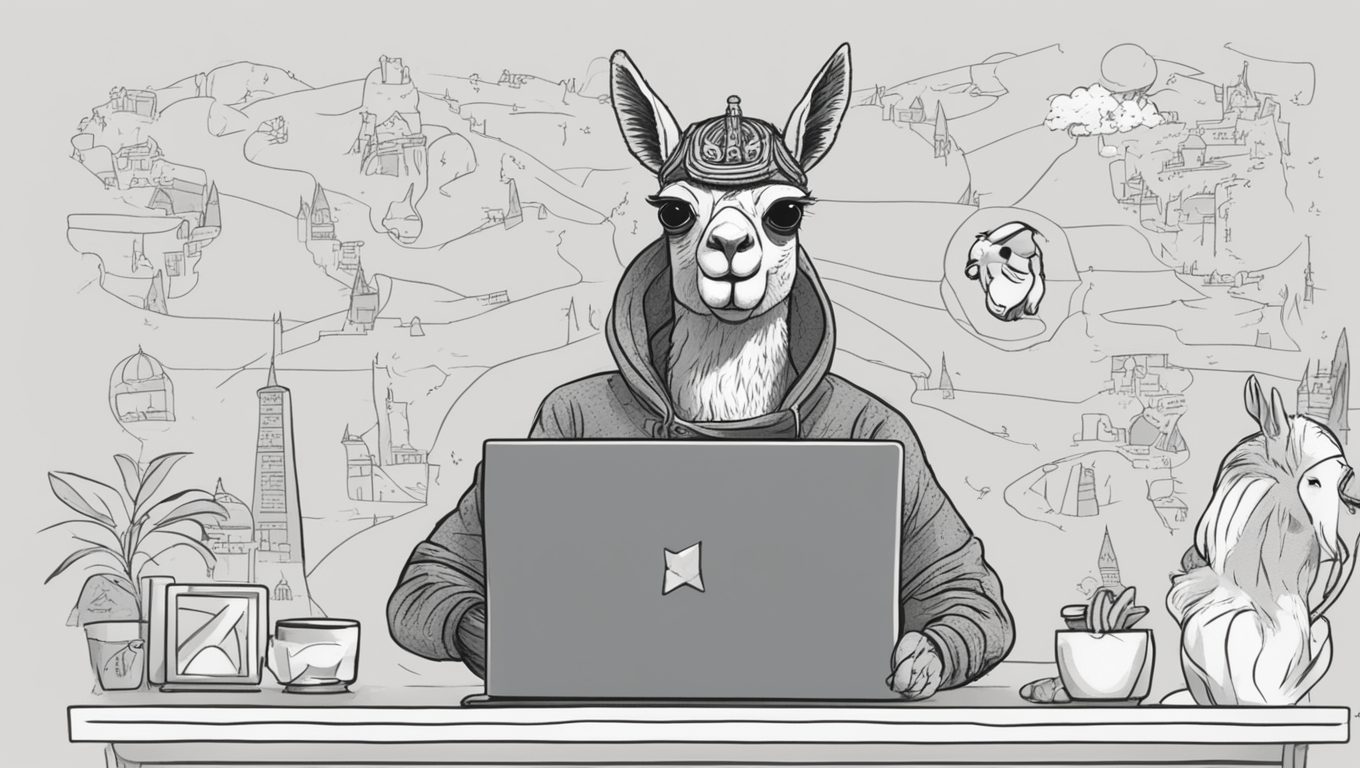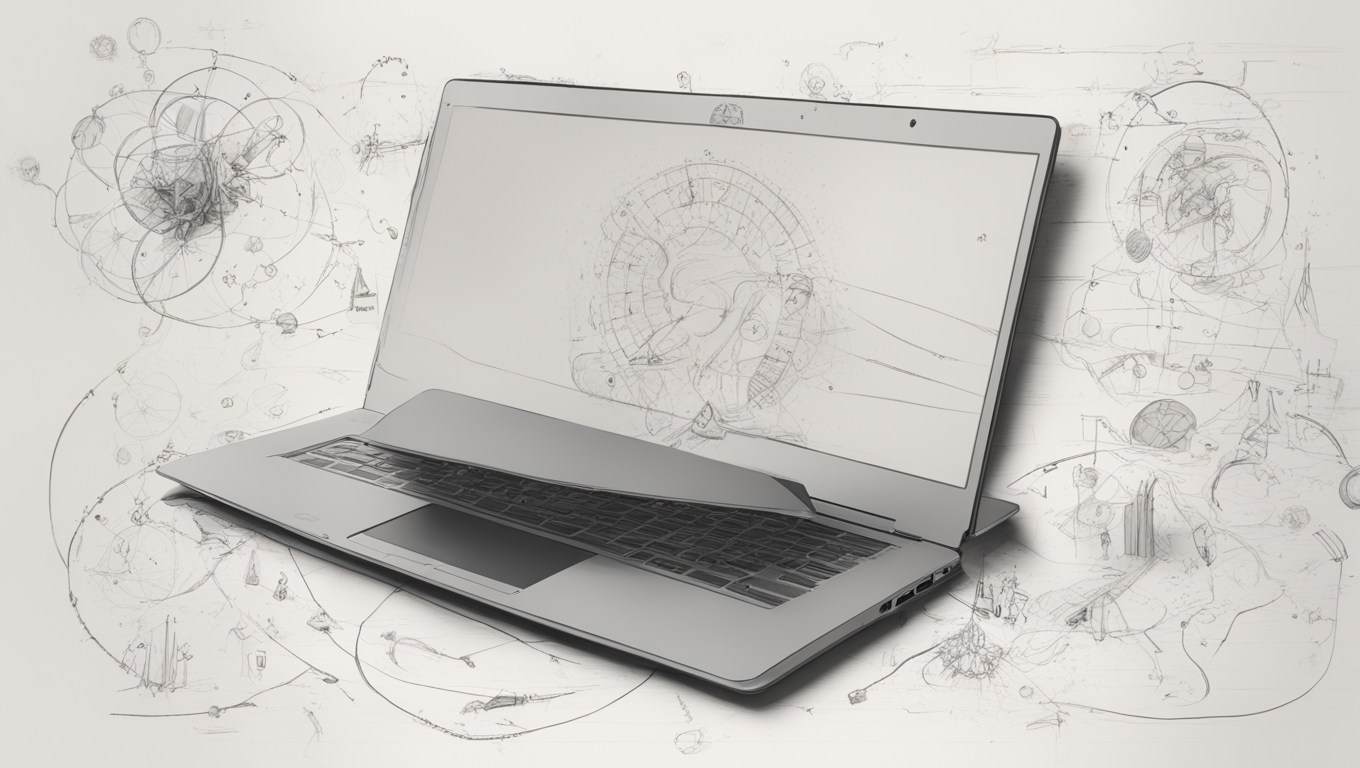Detecting AI-Generated Images: Meta Takes the Lead in Combatting Disinformation
It seems that the battle against disinformation has found its latest battleground - AI-generated images. As concerns grow over the potential misuse of artificial intelligence to create and disseminate misleading content, social media giant Meta, formerly known as Facebook, is taking action. Meta has announced that it is working with other tech companies to develop standards that will enable the detection and labeling of AI-generated images shared on its platforms, including Facebook, Instagram, and Threads. The goal is to have a system in place within a matter of months, primarily to combat the spread of disinformation and maintain transparency for its billions of users.
Nick Clegg, the head of global affairs at Meta, acknowledges that the technology is not yet perfect, stating, “It’s not perfect, it’s not going to cover everything; the technology is not fully matured.” However, Meta has already implemented both visible and invisible tags on images created using its own AI tools since December last year. Now, the company wants to collaborate with other companies in the industry to further enhance transparency for users. In a blog post, Meta stated, “That’s why we’ve been working with industry partners to align on common technical standards that signal when a piece of content has been created using AI.”
The collaboration includes companies such as OpenAI, Google, Microsoft, Midjourney, and others involved in the race to lead the nascent AI sector. While companies have started incorporating “signals” in images created with AI, the industry has been slower to include identifying markers in AI-generated audio or video. However, Meta aims to maximize transparency across different types of content, ensuring that users can discern between authentic and AI-generated material.
Despite the progress being made, Clegg emphasizes that this labeling method won’t completely eliminate the risk of false images. However, it will undoubtedly minimize the proliferation of such content “within the limits of what technology currently allows.” In the meantime, Meta advises users to critically evaluate online content, checking the trustworthiness of the accounts posting it and looking for any details that appear unnatural or suspicious.
The urgency to address AI-generated disinformation is growing, as this year marks significant global elections that will impact nearly half of the world’s population. With bad actors potentially exploiting AI technology to spread false narratives and influence public opinion, it is crucial for platforms like Meta to take proactive measures. By collaborating with industry partners and establishing standards for detecting AI-generated images, Meta is setting an important precedent for transparency and accountability in the digital realm.
As the technology continues to evolve, it remains to be seen how effective these detection methods will be in identifying AI-generated content accurately. Nonetheless, Meta’s commitment to working alongside its peers and investing in transparency will undoubtedly contribute significantly to the ongoing fight against disinformation in the digital age.
In the end, it is up to users to remain vigilant and critical consumers of online content. As the saying goes, “Extraordinary claims require extraordinary evidence.” So, let’s keep our eyes open, question what we see, and ensure that we don’t fall victim to the influence of AI-generated disinformation.





Use the share button below if you liked it.